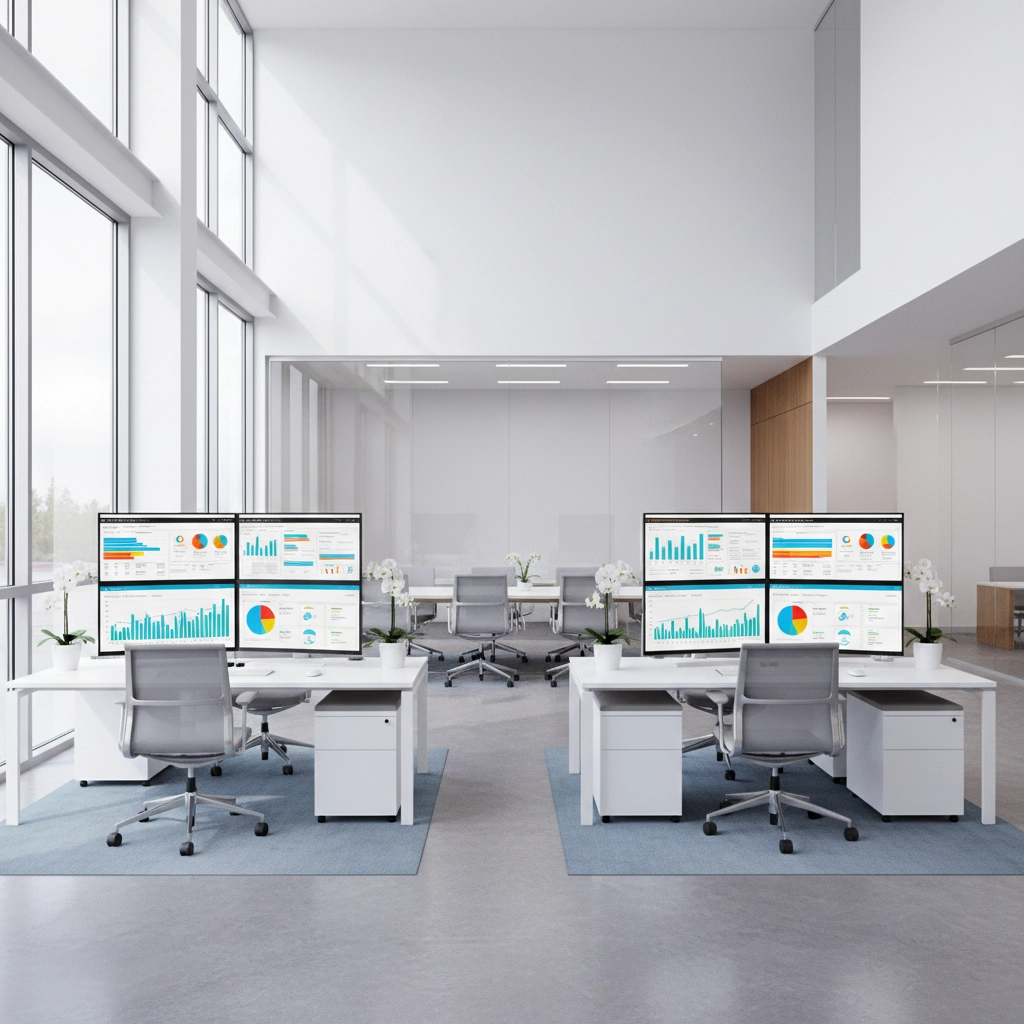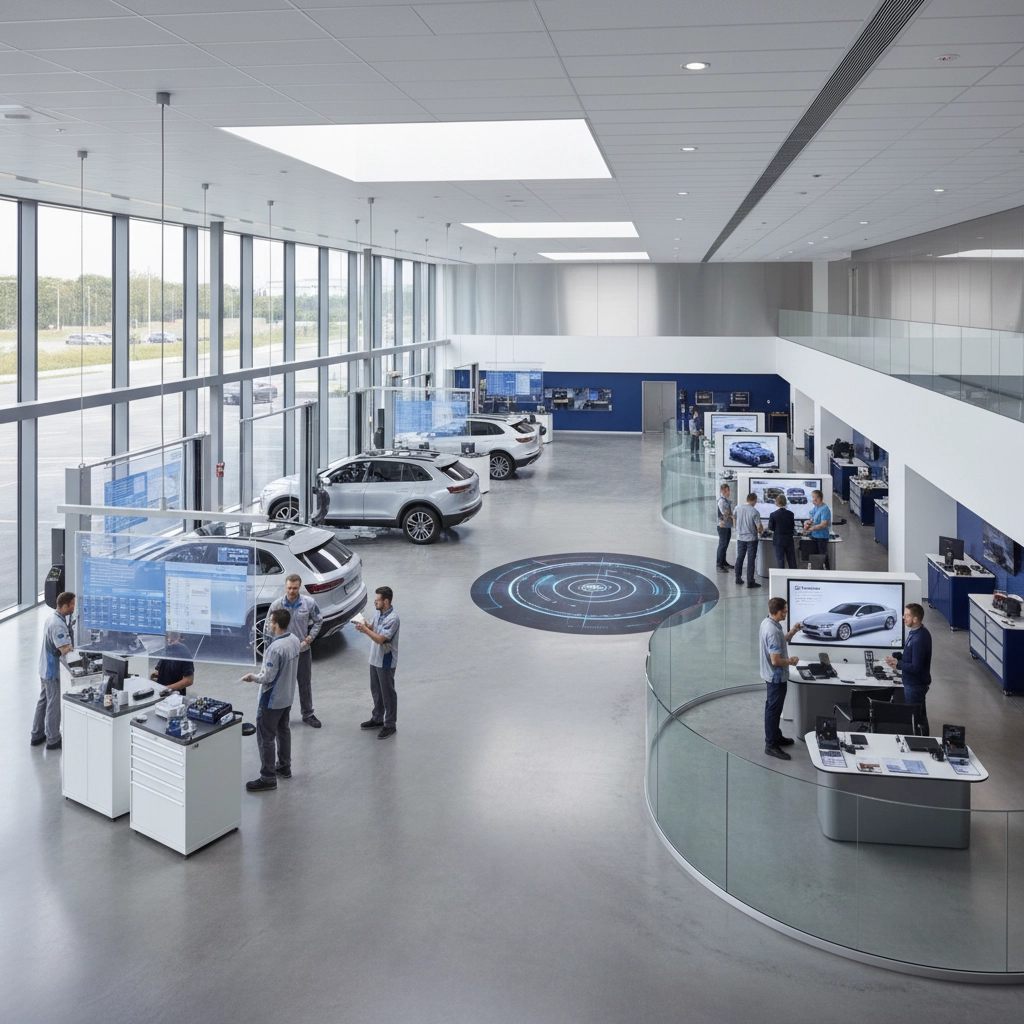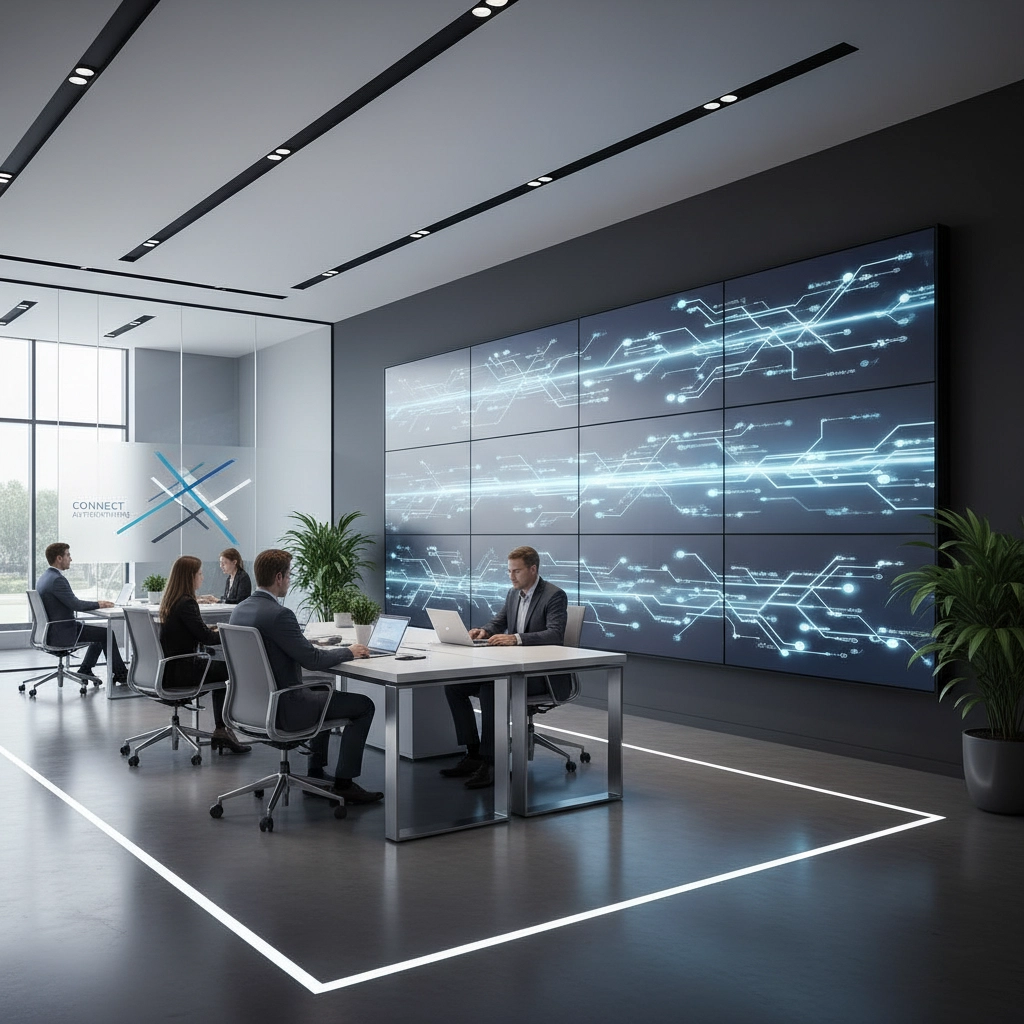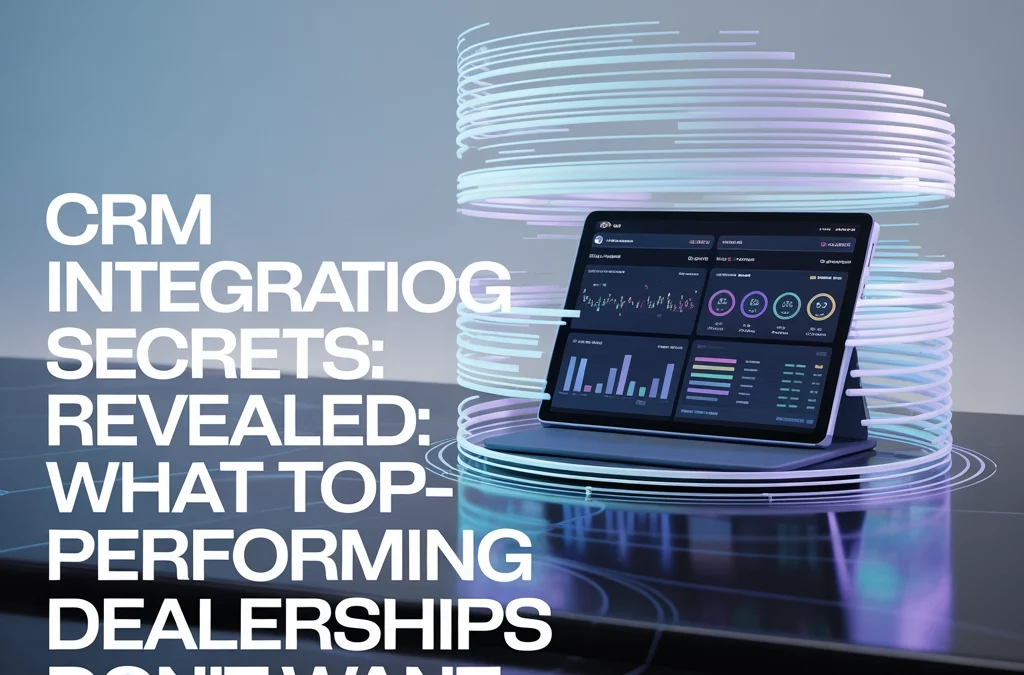Hello world! Let's talk about something that's been quietly revolutionizing car sales across the country. While most dealerships are still fumbling around with basic contact management, the top performers have cracked the code on CRM integration in ways that would blow your mind.
These secrets aren't exactly hidden, but successful dealerships sure don't advertise them. Why would they? It's their competitive edge.
The Data Goldmine Most Dealers Ignore
Here's the first secret: Top dealerships don't just collect data: they mine it like treasure hunters. While you're entering basic contact info, they're building complete customer profiles that include service history, family details, financial preferences, and even lifestyle patterns.
The best part? They use this data for one-to-one personalization at scale. That means when someone walks into their showroom or calls their service department, they already know that customer's current car, payment preferences, and what they might be interested in next.

This isn't just fancy database work. One dealership group shares data instantly across every platform: CRM, service systems, financing, you name it. The moment a customer interacts anywhere, everyone knows about it.
Cross-Department Data Sharing Changes Everything
Most dealerships run sales and service like separate businesses. Big mistake. The winning dealers figured out that service appointments are actually sales opportunities waiting to happen.
They've broken down those walls completely. Service records flow directly to sales teams, and sales interactions inform service approaches. When someone brings their car in for maintenance, the service advisor already knows they might be in the market for an upgrade.
This cross-pollination creates opportunities that single-department thinking completely misses. A customer's service pattern can predict when they'll be ready to buy next. Smart dealers use this intelligence proactively.
The AI Integration Nobody Talks About
Ready for a shocking stat? 68% of dealerships using AI report improved operations, with some hitting 48% lead conversion rates. That's nearly double what most dealers achieve manually.
But here's what they're not telling you: AI isn't replacing salespeople. It's making them superhuman. The best systems handle the 56% of leads that come in after hours, qualify prospects automatically, and route hot leads to the right salesperson with full context.

Think about it: while your competitors are sleeping, AI systems are capturing and qualifying leads, scheduling test drives, and even handling basic financing questions. By morning, your sales team has warm prospects ready to convert.
The Sponsorship Strategy That Creates Long-Term Value
Here's where many automotive companies miss a huge opportunity. They treat CRM as transactional. Smart teams use it for community building. Sponsorships make this easy.
Consider Esports Pod and driving simulator sponsorships at high schools: $125,000 for four years. This works for dealers, OEMs, suppliers, service centers, parts and collision, auction houses, and training partners. It's not just marketing spend. It's community investment that plugs straight into your CRM.
Think about the data you earn with permission. You connect with students, families, and staff years before they need a vehicle, a service visit, tools, or training. Their interests, school events, and connections flow into your CRM for simple, steady nurturing.

The simulator does more than entertain. It introduces real careers across the industry: sales, service, parts, body and paint, welding, fabrication, logistics, F&I, marketing, and more. Students see a path. You meet future talent early, in a positive way.
When that high school gamer turns 18 and needs a first car, a first oil change, or a first job, which company will they remember? The one that supported their favorite space for four years. Your CRM has been building that relationship the entire time.
Integration Architecture That Actually Works
Most dealerships have systems that barely talk to each other. Top performers have created seamless ecosystems where information flows instantly between accounting software, inventory systems, marketing tools, and CRM platforms.
The secret isn't buying expensive software: it's designing integration architecture that eliminates information silos completely. When your service scheduler connects to your sales CRM, which connects to your inventory management, which connects to your marketing automation, magic happens.
This integration enables the kind of personalized service that builds lifelong customers. A service appointment becomes a sales opportunity. A test drive becomes a service scheduling opportunity. Everything connects.
Continuous Optimization Philosophy
Here's something top dealers understand that others miss: CRM integration isn't a one-time setup. It's an evolving system that requires constant attention and optimization.
They're always monitoring performance metrics, collecting user feedback, and adjusting their approach. What worked last year might not work today, especially as customer expectations change and new technologies emerge.

The best dealerships treat their CRM like a living system. They track lead conversion rates, response times, customer satisfaction scores, and revenue per customer. When something isn't working, they pivot quickly.
The Implementation Strategy That Separates Winners
Successful CRM integration requires more than good software: it needs proper change management. Top dealerships invest heavily in staff training and create clear, measurable goals for their implementation.
They understand that technology is only as good as the people using it. A fancy CRM system sitting unused is worthless. But a basic system used consistently by a well-trained team can transform your business.
The most successful implementations focus on data quality maintenance. Accurate, up-to-date customer information is essential for maximizing sales and marketing effectiveness. Garbage in, garbage out: as simple as that.
Bringing It All Together
The dealerships crushing their competition understand something fundamental: CRM integration isn't about technology alone. It's about creating a customer-centric ecosystem that captures every interaction, learns from every touchpoint, and builds relationships that last decades.
Whether it's sponsoring Esports Pods and simulators at local high schools or implementing AI chatbots for after-hours leads, every strategy serves the same goal: build deeper customer relationships with simple, connected data.
The $125,000 Esports Pod and simulator investment isn't just marketing spend. It's CRM seeding for the next generation of drivers, customers, and automotive talent. It helps grow the future workforce, including skilled trades like welding. Paired with solid integrations and ongoing tuning, these moves create advantages that are hard to copy.
The best part? You can start implementing these secrets tomorrow. Your CRM system is probably more capable than you realize. The question isn't whether you have the technology: it's whether you have the vision to use it like the top performers do.
Ready to join the ranks of dealerships that treat CRM integration as a competitive weapon rather than just customer management? The strategies are proven, the technology is available, and the opportunity is waiting.

